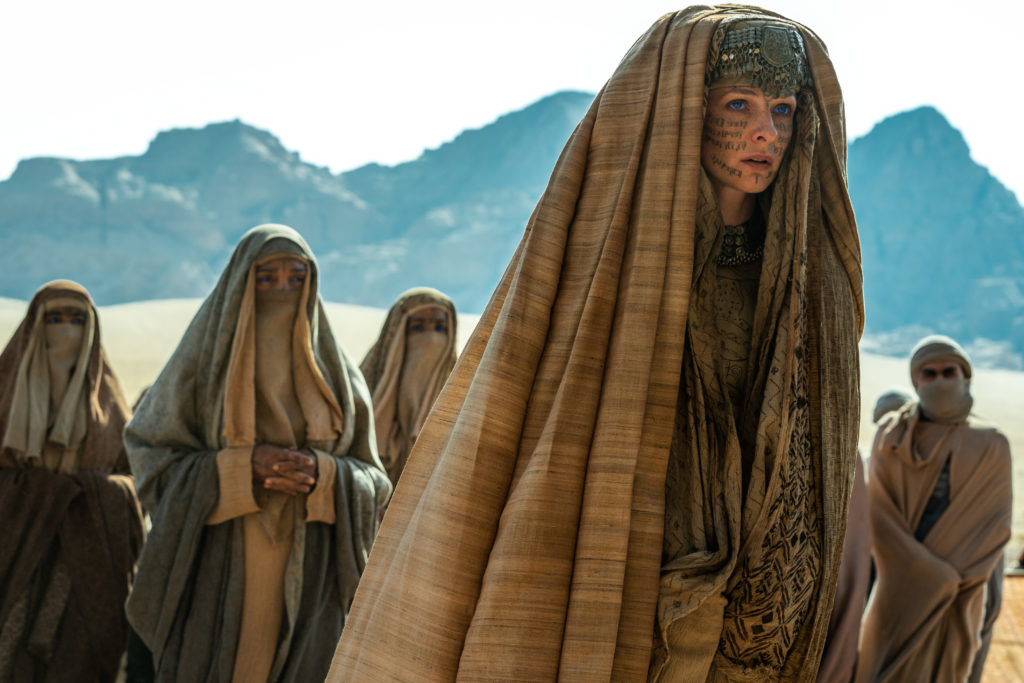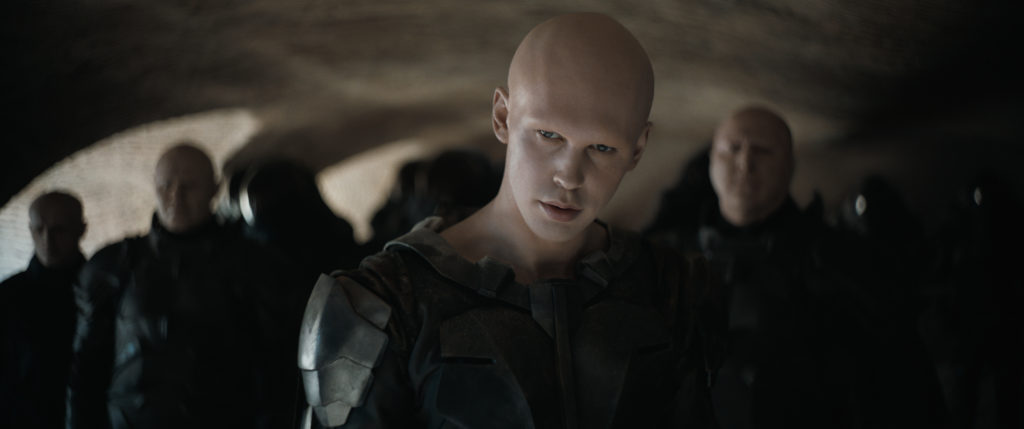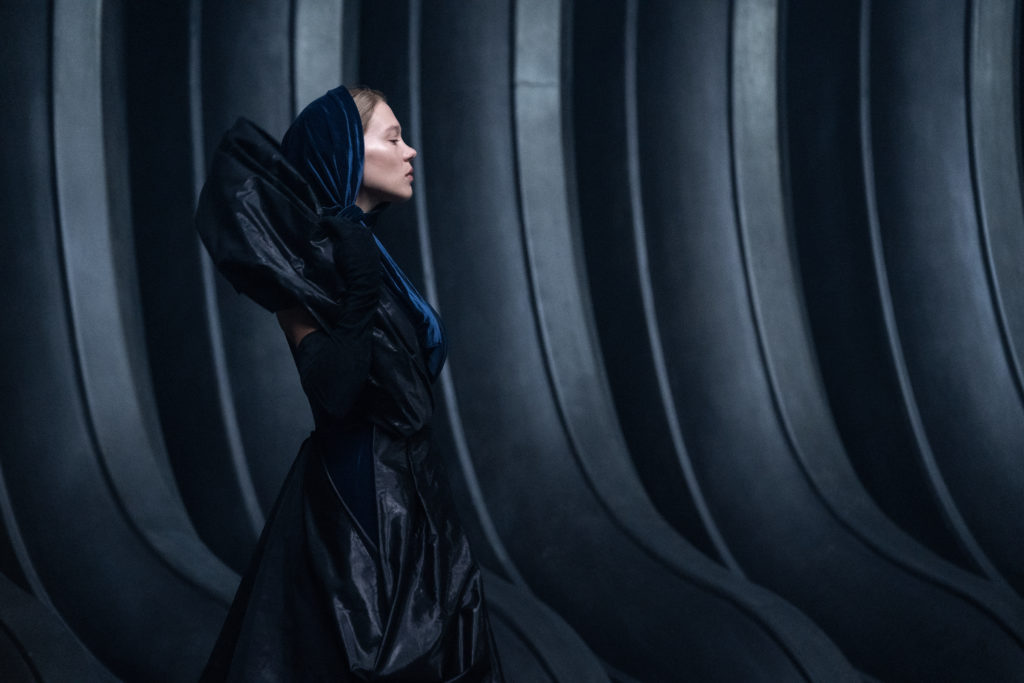
This ambitious adaptation of the grandfather of epic science fiction gets everything right.
By CHIN JIAN WEI
Dune is a name known by any science fiction aficionado. Frank Herbert’s seminal work written in 1965 has gone on to influence countless science fiction franchises in the decades since, from Star Wars to Warhammer 40,000. Now, the name of Dune has also become known to audiences at large, with the release of Denis Villeneuve’s two-part cinematic masterpiece.
Villeneuve has made a name for himself in the sphere of science fiction cinema, with 2016’s Arrival and 2017’s Blade Runner 2049 being highly celebrated movies that explore existential themes about humanity. To this writer, these two movies are among the purest adaptations of the wonder and depth that great science fiction can convey. It is with great pleasure, that I can report that Dune: Part Two once again matches the heights achieved by Villeneuve in his past movies, and in some aspects even exceeds them.

If you have not yet watched Dune: Part One, stop reading and go watch it now; it is available on Netflix, and you need to have watched it to properly understand the second part. Dune: Part Two picks up with Paul (played by Timothée Chalamet) entering into Fremen society and his developing relationship with Chani (played by Zendaya). His myth continues to grow; the Fremen, natives of the desert planet of Arrakis, believe that Paul is their long-awaited messiah. This myth was seeded by the Bene Gesserit, a shadowy cabal that steers humanity from behind the scenes using religious and political power, of which Paul’s mother Jessica is a part. If this all sounds like a lot, it is. The setting of Dune is dense and highly detailed, with a lot of attention spent on worldbuilding.

The Dune movies (and books) are not breezy action-packed space romps like Star Wars or Guardians of the Galaxy. Herbert did his best to ensure the world and the people of Arrakis were believable and deeply rooted in real-world history while retaining their own unique culture. The stories were used to explore complex themes of religion, colonialism, and political manipulation. Herbert has said in the past that the Dune stories were meant to caution people on the dangers of following charismatic leaders, and we start to see a little bit of this in Dune: Part Two as Paul starts to embrace the myth that solidifies around him as he ascends the galactic stage.

The cinematography by Greig Fraser is jaw-droppingly gorgeous. From the desert vistas that stretch to the horizon, to the stark and monochromatic arenas of Giedi Prime, homeworld of the Harkonnen antagonists, every frame is infused with a painterly attention to composition and colour. The emotions and mental states of the characters are also conveyed eloquently via visuals without the need for over-exposition. The costume design is also gorgeous, with designs inspired by real cultures that remain startlingly alien, as appropriate for the fictional cultures of the 11th millennium.
The performances are similarly inspired, with Chalamet capturing Paul’s innocence and apprehension, warring with his growing ruthlessness and resignation to his destiny. Austin Butler and Stellan Skarsgård both turn in chilling performances as antagonists Feyd-Rautha and Vladimir Harkonnen, monsters in the skin of men.

There is very little to criticise about this movie; it is as near to a perfect adaptation as possible. It pays respect to the monumental impact the books have had on the landscape of science fiction as a whole, while still boldly making changes that elevate the source material. While this review does not have space to delve into each of the changes, this writer believes that they demonstrate Villeneuve’s understanding of the messages Herbert sought to convey and his directorial skill in making those messages more apparent in the medium of film.
Read more BASKL by clicking on the links below:
